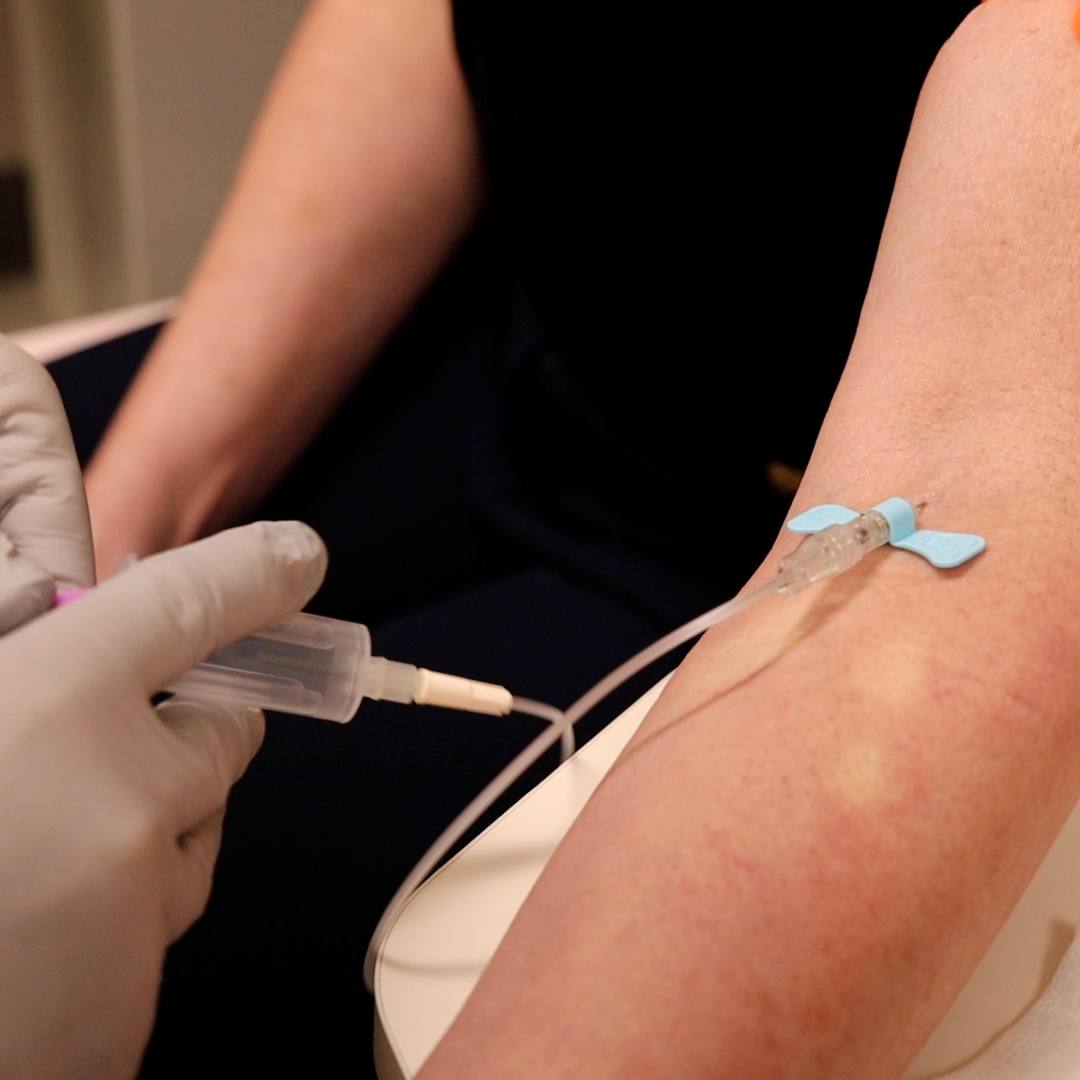-
Health & Wellness
Mayo Clinic Q and A: Without treatment, RLS can make it difficult to get a good night’s sleep

DEAR MAYO CLINIC: Once or twice a week my legs feel “jumpy,” to the point that I can’t fall asleep. Is this normal, or could it be restless legs syndrome? Does having restless legs syndrome usually mean that something else is wrong?
ANSWER: If the sensation in your legs is making it hard for you to fall asleep, and it’s happening on a regular basis, you may have restless legs syndrome, or RLS. You may hear it called Willis Ekbom disease, too, based on the names of the physicians who first described this condition. RLS doesn’t lead to other health problems. But it can make it difficult to get a good night’s sleep. See your doctor to have your condition evaluated. Treatments are available that can often reduce or even eliminate RLS.
Restless legs syndrome is characterized by an unpleasant or uncomfortable urge to move your legs. Some people describe it as a crawling, pulling or burning sensation in the thighs, calves or feet. The sensation is temporarily relieved when you get up and move around or when you shift or stretch your legs. RLS symptoms typically begin in the evening or at night after you have been sitting or lying down for some time.
Many people have mild leg twitches as they drift off to sleep. Called hypnic starts, they are a normal part of falling asleep and are not associated with restless legs syndrome. RLS is much more uncomfortable and often makes it hard to get to sleep and stay asleep. Sometimes muscle and ligament strain can be misinterpreted as RLS. Usually, however, a strain is relieved by rest whereas RLS gets worse when you keep your limbs still.
Doctors can usually diagnose RLS based on your symptoms. Symptoms can start as early as five to six years of age. Attention deficit hyperactivity disorder may co-exist in about 30 per cent of children with RLS. Sleep studies are not necessary unless the patient is a child who is unable to describe the symptoms accurately.
Treatment for RLS focuses on relieving the symptoms. A number of steps you can take at home may help. Taking a warm bath, massaging your legs, and applying warm or cool packs can all be useful in calming RLS. Stretching, followed by exercise at a moderate level on a regular basis, and establishing good sleep habits can also make a difference. Caffeine, alcohol and tobacco may trigger RLS symptoms or make them worse. Try cutting back on these substances to see whether that decreases your symptoms.
Your diet may have an effect on RLS. Research shows that too little iron in your diet can contribute to restless legs syndrome. If your doctor suspects this may be the case for you, he or she will likely check your blood-iron level. If it is low, eating more iron-rich foods can help. Examples include red meat, dark green leafy vegetables, beans and iron-fortified breads, cereals and pastas. Your doctor might also recommend you take an iron supplement.
If lifestyle changes are not enough, your doctor may prescribe medication to reduce leg restlessness. Medications that have been shown to be helpful for RLS include several that affect a chemical in your brain called dopamine. Dopamine’s job is to send messages from your brain to your body that control muscle movement. Researchers suspect that RLS may be linked to insufficient activity of dopamine in the nervous system.
Oral iron is generally the first treatment of choice for children with RLS. Certain medications used to treat pain conditions, such as gabapentin, may also effectively treat childhood RLS. Use of dopamine agonist drugs, such as ropinirole, pramipexole or rotigotine, may be considered when oral iron and gabapentin have not proven effective.
Be aware that certain medications can make RLS symptoms worse, including over-the-counter sleep aids that contain diphenhydramine, selective serotonin reuptake inhibitors and anti-nausea drugs. Review your current medications with your doctor. He or she may recommend substitutes, as needed, to help manage RLS. — Suresh Kotagal, M.D., Center for Sleep Medicine, Mayo Clinic, Rochester, Minn.
Related Articles







